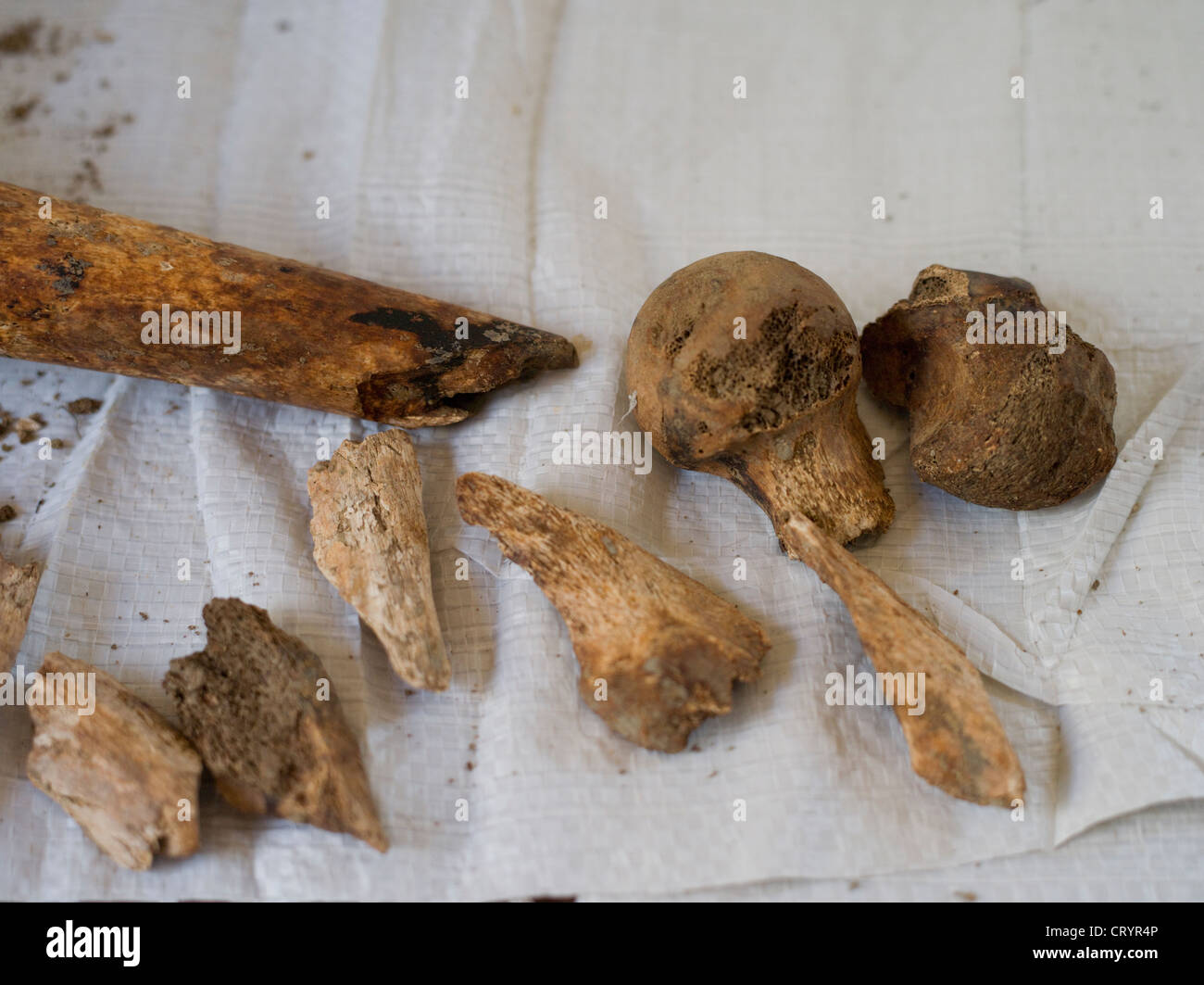

This in turn opens up questions about the interconnectedness of peoples – the movement of individuals, ideas, knowledge and material culture at very early stages of civilisation," said Power. "Discontinuities between what the teeth tell us and what the bones tell us may provide evidence that the individual migrated. Isotope 'signatures', together with the geographic distribution of the shape and size of skulls, can therefore be used to look for evidence of migration in ancient populations. "So whatever isotope signals the teeth contain are a result of the geographical area where individuals spent their childhood and the food and drink they consumed there." "Tooth enamel is formed in the very early years of life and the chemical fingerprints within it don't change throughout life," explained O'Connell. Biological tissues are reservoirs for elements such as carbon and oxygen, which arrive in the body through the food we eat and the environment we live in, and which have variants (isotopes) that can be measured. To describe the ancient Saharan diets, the researchers are measuring the levels of chemical entities called isotopes in the remains. Bones from 19th-century plague pits sit alongside axe-cleaved skulls from Iron Age battles, together with the cast of fossil of an early hominin who lived around 3 million years ago, and medically important skeletons distorted by diseases that, with today's drugs, would never have the chance to run their course. The remains are among those of 18,000 individuals housed in the University of Cambridge's Duckworth Laboratory – one of the world's largest repositories of skulls, skeletons, death masks, mummies, hair bundles and blood samples, including a jawbone tens of thousands of years old. Locked in their teeth and bones is information that scientists can use to reveal how they lived, such as the food they ate and the distances they travelled.ĭr Ronika Power and Dr Marta Mirazon Lahr from Cambridge's Leverhulme Centre for Human Evolutionary Studies (LCHES) with Dr Tamsin O'Connell from the McDonald Institute for Archaeological Research are reading these 'biographies in bone' in the skeletons and skulls of people who lived up to 8,000 years ago in the Sahara Desert and across the African continent.

And just as these are clues to the everyday behaviours of individuals long gone, so too are their bodily remains. Our knowledge of past civilisations is gleaned from what is left behind – the shards of pots, traces of dwellings and goods from graves.


 0 kommentar(er)
0 kommentar(er)
